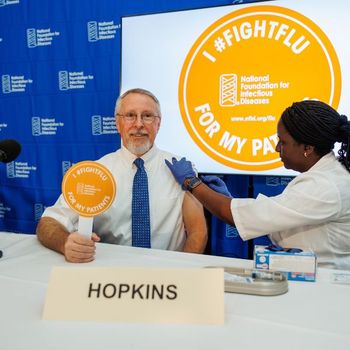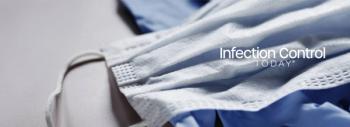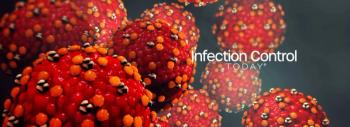
Garlic Compound Fights Source of Foodborne Illness Better Than Antibiotics
Researchers at Washington State University have found that a compound in garlic is 100 times more effective than two popular antibiotics at fighting the Campylobacter bacterium, one of the most common causes of intestinal illness. Their work was recently published in the Journal of Antimicrobial Chemotherapy.
Â
The discovery opens the door to new treatments for raw and processed meats and food preparation surfaces.
"This work is very exciting to me because it shows that this compound has the potential to reduce disease-causing bacteria in the environment and in our food supply," says Dr. Xiaonan Lu, a postdoctoral researcher and lead author of the paper.
"This is the first step in developing or thinking about new intervention strategies," says Michael Konkel, a co-author who has been researching Campylobacter jejuni for 25 years.
Â
"Campylobacter," says Konkel, "is simply the most common bacterial cause of food-borne illness in the United States and probably the world." Some 2.4 million Americans are affected every year, according to the Centers for Disease Control and Prevention, with symptoms including diarrhea, cramping, abdominal pain and fever. The bacteria are also responsible for triggering nearly one-third of the cases of a rare paralyzing disorder known as Guillain-Barré syndrome.
Â
Most infections stem from eating raw or undercooked poultry or foods that have been cross-contaminated via surfaces or utensils used to prepare poultry.
Â
Lu and his colleagues looked at the ability of the garlic-derived compound, diallyl sulfide, to kill the bacterium when it is protected by a slimy biofilm that makes it 1,000 times more resistant to antibiotics than the free floating bacterial cell. They found the compound can easily penetrate the protective biofilm and kill bacterial cells by combining with a sulfur-containing enzyme, subsequently changing the enzyme's function and effectively shutting down cell metabolism.
Â
The researchers found the diallyl sulfide was as effective as 100 times as much of the antibiotics erythromycin and ciprofloxacin and would often work in a fraction of the time.
Newsletter
Stay prepared and protected with Infection Control Today's newsletter, delivering essential updates, best practices, and expert insights for infection preventionists.






